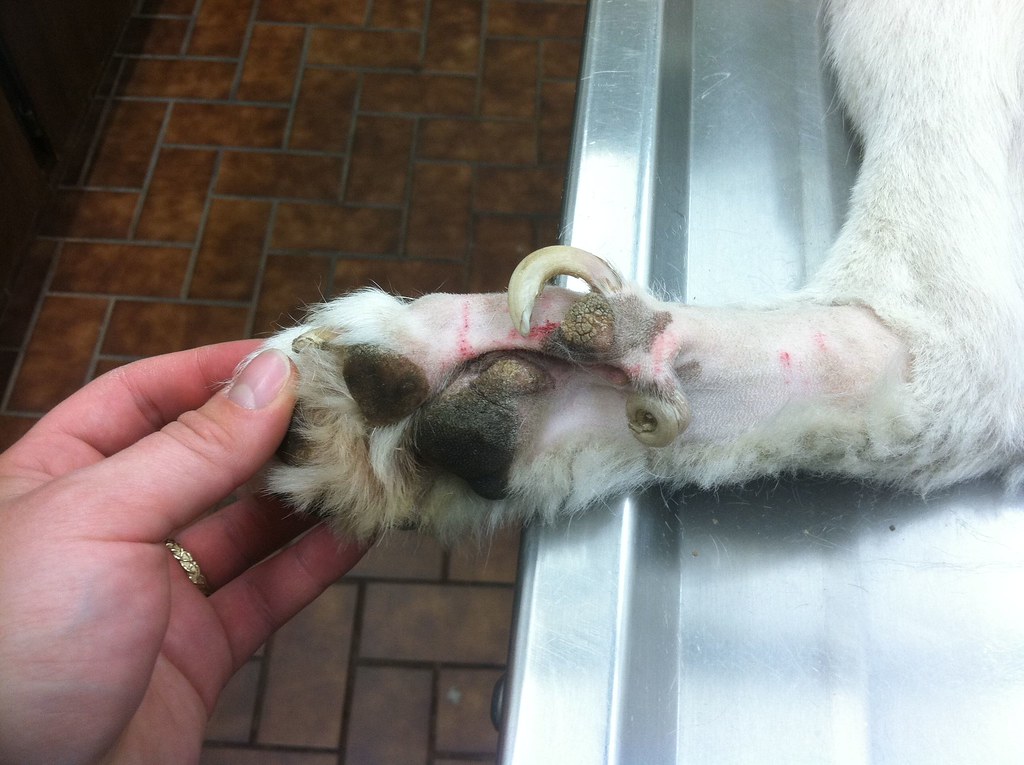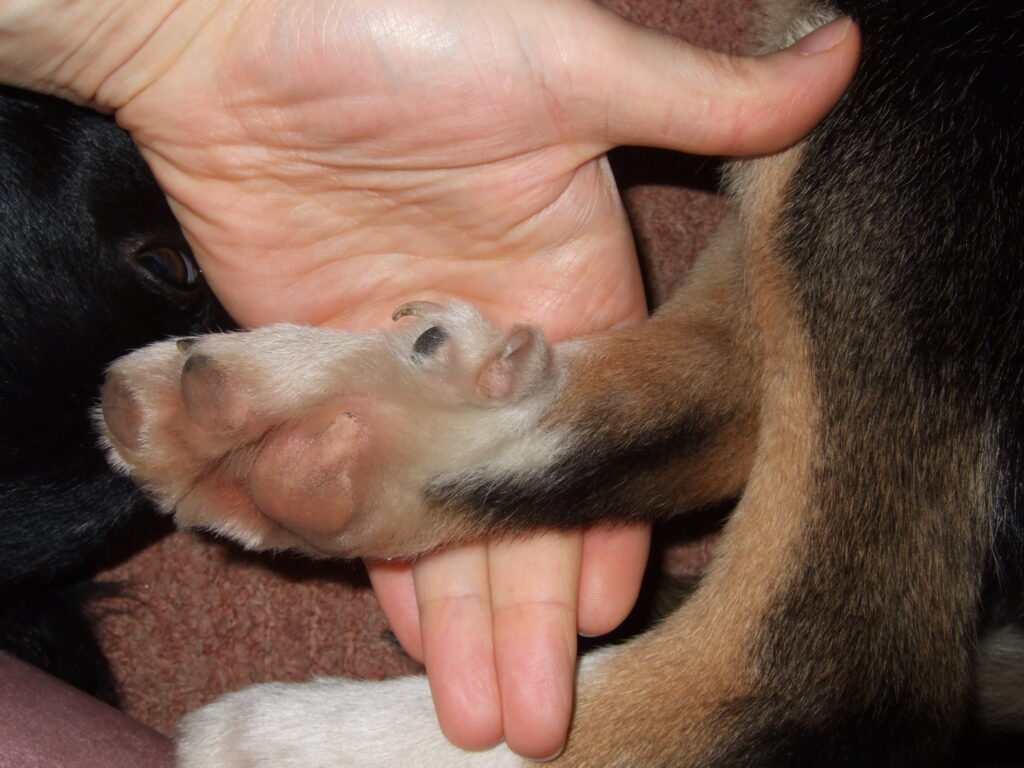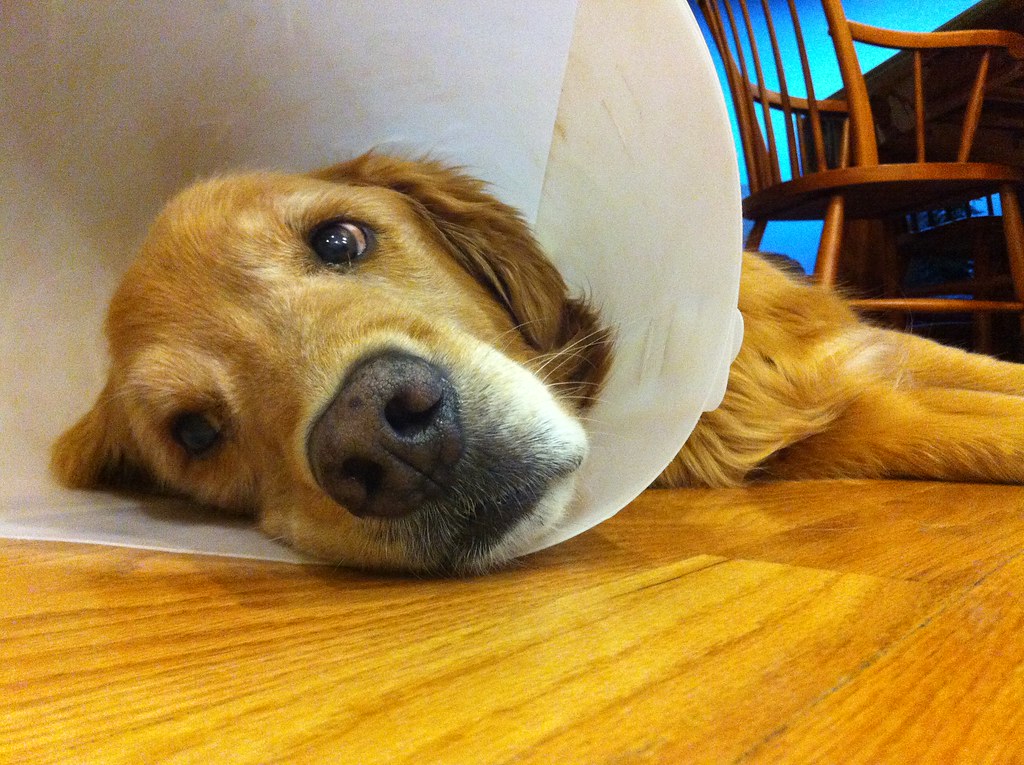How To Cut Dogs Overgrown Nails ?

How To Cut Dogs Overgrown Nails :- Ensuring your pup’s nails are in top condition is essential for their overall health and mobility. Here’s a breakdown of how to maintain healthy nails and address overgrowth:
Key Points to Remember:
- Overgrown nails can lead to discomfort and hinder your dog’s movement.
- Regular nail trims are crucial for preventing infections, which can manifest as a foul smell or pus.
- Nail infections may result from split nails or torn nails exposing the quick.
- Consistent weekly trims encourage the quick to recede, resolving the issue.
As dedicated pet parents, we understand the importance of addressing all aspects of our furry companions’ well-being. Among these responsibilities, regular nail care is often overlooked but is just as vital. Neglecting your dog’s nails can lead to various issues, with overgrown nails being a significant concern. This can result in an overgrown quick, making nail clipping potentially hazardous. In this article, we’ll delve into the anatomy of your dog’s nails, the consequences of neglecting nail care, effective methods to manage overgrown quick, and more.

How To Cut Dogs Overgrown Nails Why long nails are a problem
Overgrown dog nails can lead to discomfort and various health issues. When left unchecked, long nails can cause toes to splay, exerting uncomfortable pressure on the foot and leg structure. Over time, this can result in tendon injuries and deformities in your dog’s feet. Even if not causing immediate health concerns, overgrown nails are simply uncomfortable for your furry friend.
However, trimming overgrown dog nails isn’t as straightforward as a quick chop. At the center of each nail lies the “quick,” a sensitive area containing nerves and blood vessels. As nails grow, so does the quick, making it challenging to trim the nail back to an appropriate length.
The solution lies in encouraging the quick to recede gradually. After an initial trim to the tip of the nail, continue trimming small amounts regularly—around once a week. Consistent trimming prompts the quick to recede, allowing for easier maintenance of your dog’s nail length.
Maintaining your dog’s nails at a healthy length is crucial for their overall health and well-being. With this in mind, let’s explore the steps to effectively trim overgrown dog nails.
How To Cut Dogs Overgrown Nails What is a dog’s nail quick?
The quick, comprised of a blood artery and a nerve, is more visible on lighter-colored dog nails. To locate the quick, hold your dog’s paw up to a light source. It appears as a darker area within the nail, resembling a nail-within-a-nail. It’s crucial to avoid cutting into the quick during nail trimming, as this can lead to bleeding and cause discomfort for your dog.

How to Tell If Your Dog’s Nails Are Too Long
The general rule of thumb is that if your dog’s nails are clicking on the floor, causing discomfort, or affecting mobility, they’re likely overgrown. Overgrown nails can lead to several issues, including:
- Fragile nails prone to fracturing.
- Pain, bleeding, and infection due to overgrown quicks.
- Irregular gait or walking patterns in your dog.
- Phobia or discomfort on slippery floors and hard surfaces.
- Discomfort in paw pads or toe joints, potentially leading to skeletal abnormalities in the future.
If your dog’s nails are overgrown, avoid attempting to cut them short all at once. Instead, seek assistance from your vet or groomer. Nails may need to be trimmed gradually to allow the quick to recede safely.
Identifying the quick in a dog’s nail can vary based on color:
- Light-colored nails: The quick appears as a pink region in the center of the translucent/white nail, making it easy to identify.
- Dark-colored nails: The quick is harder to spot, and trimming can be more challenging. Observing the bottom of the nail while trimming can help gauge the depth of the quick.
The overgrowth of the quick occurs when nails aren’t regularly trimmed. In some cases, the quick may lengthen to the tip of the nail, making trimming difficult without risking injury. Avoid attempting to clip nails short all at once, as this can harm your pet. Instead, seek guidance from a veterinarian or dog groomer on safely encouraging the quick to recede through gradual trimming.
Choose the Right Trimming Materials
Unlike human nails, dog nails are thicker and cylindrical in shape, requiring specialized nail clippers designed specifically for dogs. Using human nail clippers on your dog is not recommended due to the differences in nail structure. There are three main types of dog nail clippers:

- Guillotine Clippers: Ideal for small to medium-sized dogs, guillotine clippers have a blade that slides through a small hole to trim the nail.
- Scissor-like Clippers: Designed for dogs with short nails, these clippers resemble scissors and are often used to trim the dew claw, which grows higher up on the paw.
- Plier-style Clippers: Preferred by veterinarians and groomers for their ease of use and durability, plier-style clippers work well for most dog sizes and stay sharp for a long time.
Each type of clipper has its advantages, but plier-style clippers are commonly recommended for their versatility and longevity. It’s important to choose the right type of clipper based on your dog’s size and nail length to ensure a safe and effective trimming experience.
How to cut your dog’s nails
To trim your dog’s overgrown nails with ease and minimal discomfort, follow these steps:
- Create a Positive Experience: Make the nail trimming process pleasant for your dog by associating it with rewards. Offer treats as soon as your dog sees the nail clippers to create a positive association.
- Ensure Clear Visibility: Position yourself in a way that allows you to clearly see your dog’s nails. Hold your dog’s paw firmly and locate the quick before clipping. For light-colored nails, the quick will appear as a pinkish part where it begins. Dark-colored nails may make the quick harder to see from the outside.
- Trim Gradually: Cut a small amount of the nail at a time, observing the cut part to identify the emerging quick. The quick will look like a small circle, typically white, gray, or pink. Be cautious not to cut into the quick, as it can cause discomfort and bleeding.
- Take Your Time with Overgrown Nails: If your dog’s nails are overgrown, trim only a small amount at a time since the quicks may also be overgrown. Gradually trimming over time will make it easier to establish a consistent trimming routine, and you’ll learn the appropriate frequency for your dog’s nail care needs.




